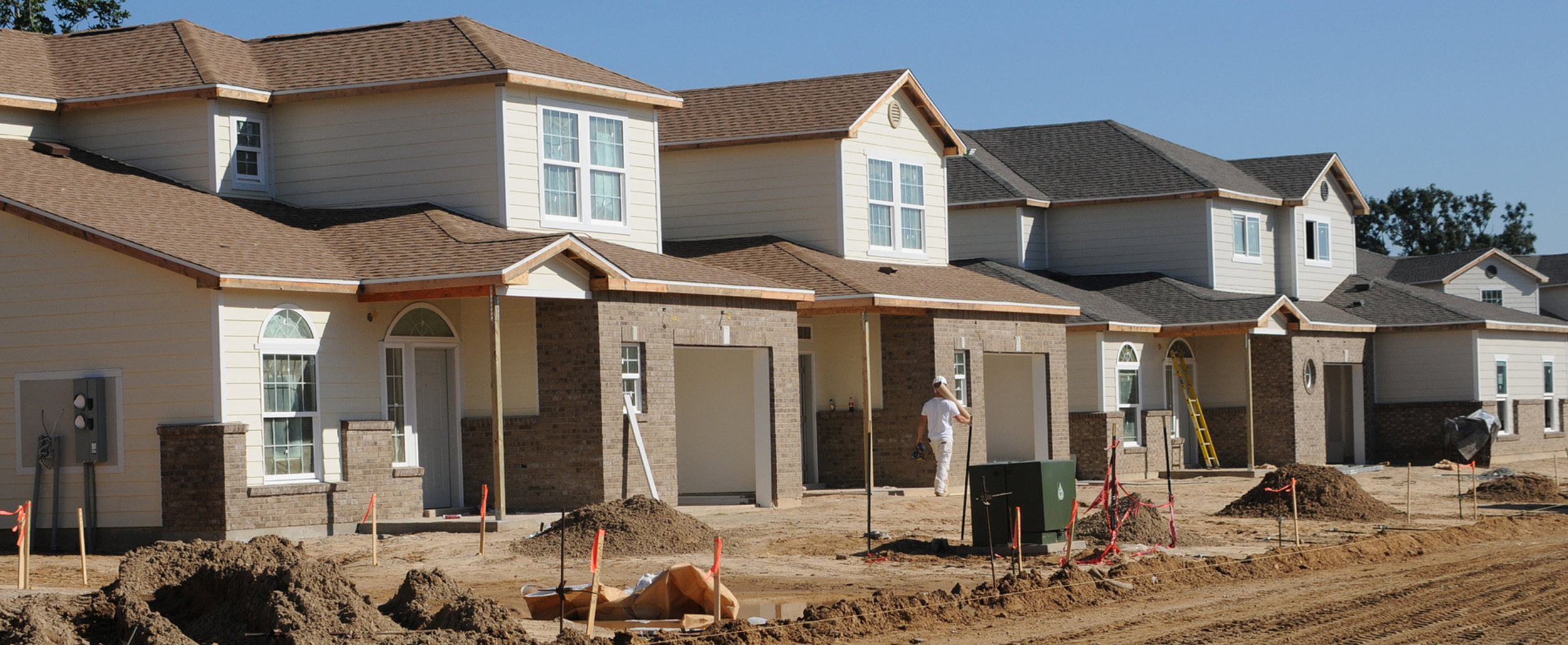Some are saying COVID-19 will lead to a “suburban renaissance.” We’re not buying it. But there are some places that might become more popular in a post-coronavirus future.
Read MoreContrary to what has been asserted elsewhere, the suburbs are not about to have a renaissance. In fact, there are many reasons to believe we are nearing the end.
Read MoreLocals call it “the worst planning mistake in Minneapolis history.” Now that it’s going away, what must planners (and the public) do to avoid replacing it with another one?
Read MoreWe use the term “development pattern” all over the place at Strong Towns. Here’s your one-stop guide to what we actually mean by that.
Read MoreThe numbers don’t lie: business-as-usual suburban development won’t bring a booming town long-term financial strength. But it turns out that to #DoTheMath is only the first step toward changing your community's business model.
Read MoreDeeply held beliefs, supported by flawed assumptions, blind us to realities and facts. The supposed wealth and prosperity generated by cut-through urban highways was always an illusion—but who will dare to point out the obvious truth?
Read MoreMost local housing markets in the U.S. are oligopolies: new construction is dominated overwhelmingly by only a few developers. How did we get here, and why is it this bad news for housing affordability, as well as for our cities’ financial strength and resilience?
Read MoreThe problem with new American suburbs isn’t a "lack of planning" or “uncontrolled growth” or “inadequate infrastructure.” The problem is a lack of basic financial solvency.
Read MoreIn a suburban development pattern, the cul-de-sac is the gravy. It’s the cherry on top. It should be the most profitable part of the system, the place with the most tax base for the least amount of cost. If that’s not true, then something is terribly wrong with our model of growth.
Read MoreMany cities impose a minimum lot size on residential neighborhoods—which can lead to more expensive housing and less tax revenue to pay for city services. But do these rules actually lead to bigger lots—or do they just reflect what the market would produce anyway? A new study sheds some light on that question.
Read MoreMore than ever of what we make is produced with little thought to its durability. But what happens when we apply this mindset to the very communities we live in?
Read MoreThe answer might not be what you expect.
Read MoreThe suburban development pattern is not inherently too costly to maintain: early suburbs sat much lighter on the land, with narrower streets and less public maintenance obligation. Let’s take a look at how the American suburb has evolved over time.
Read MoreGig Harbor, Washington has gone from fishing town to suburban bedroom community. With its founding industry largely gone, can the city remain a place that fosters community and welcomes newcomers to join in it?
Read MoreWhen building our cities, we have come to value efficiency over redundancy. Want to see this become a problem? Just wait until it snows.
Read More














